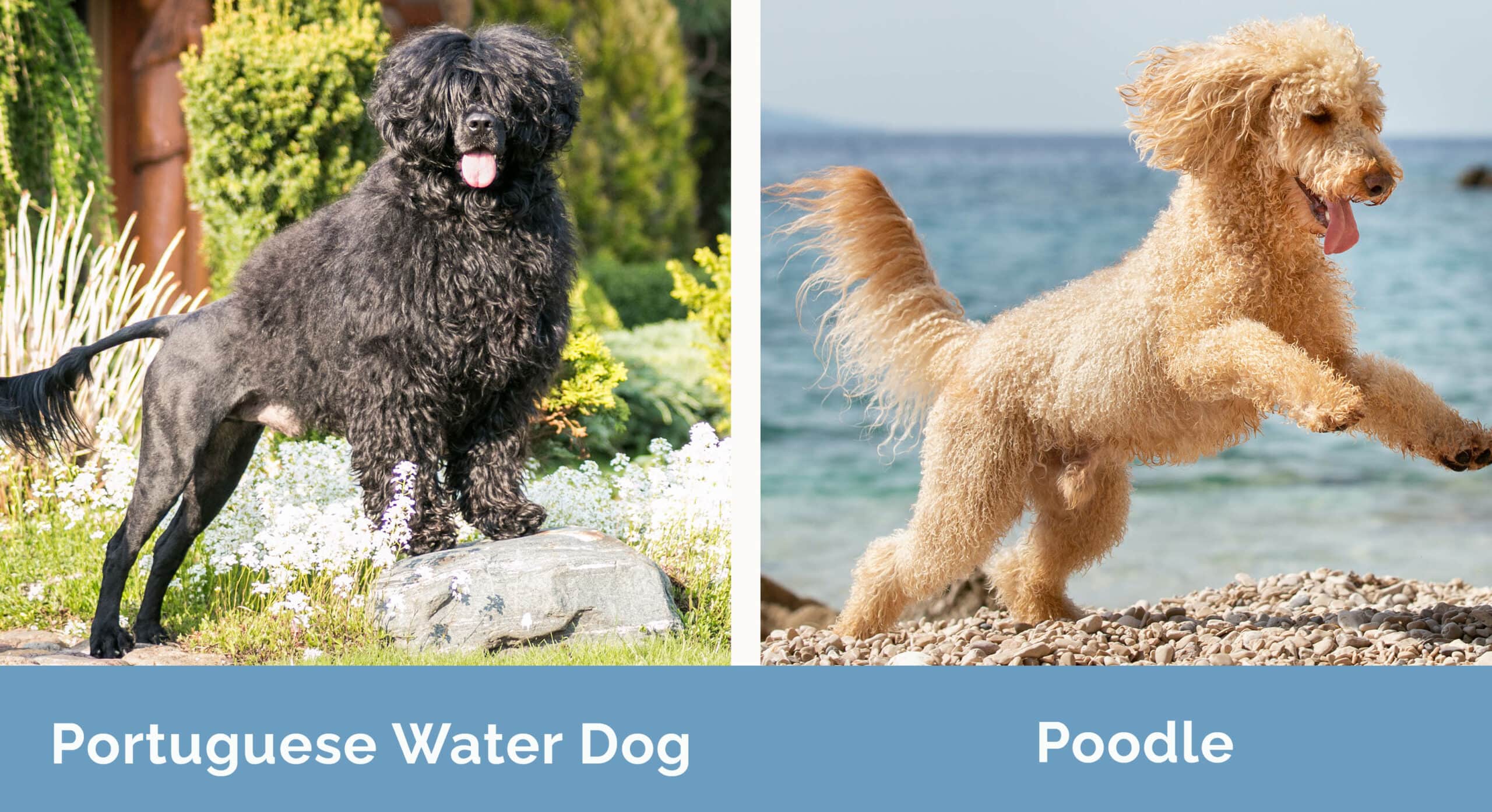The History of the Poodle: From Water Dogs to Fashion Icons
Introduction
The poodle, an iconic and versatile breed known for its intelligence, elegant appearance, and distinctive coat, has a fascinating history that traces its roots back to centuries past. From its humble beginnings as a water retriever to its rise as a cherished companion and fashion icon, the poodle has undergone a remarkable transformation, reflecting the multifaceted nature of human-animal relationships. This essay delves into the complexities of the poodle's history, examining its origins, the factors that shaped its development, and the cultural significance it has acquired over time.
Origins: From Water Dogs to Companions
The poodle's lineage can be traced to the 15th century, originating in Germany as a water dog used by hunters to retrieve waterfowl. Its name derives from the German word "pudel," meaning "to splash in water." These early poodles, known as standard poodles, were large and robust, with a thick, curly coat that provided insulation in cold water. Their keen sense of smell and ability to navigate aquatic environments made them valuable hunting companions.
Over time, smaller varieties of poodles emerged, such as the miniature and toy poodles, which became popular as companions for the aristocracy. Their intelligence, trainability, and affectionate nature made them highly prized in royal courts and wealthy households. By the 18th century, poodles had become a fashionable breed, with elaborate grooming styles and adorned collars and leashes.
Cultural Significance and Symbolism
The poodle's transformation from a working dog to a symbol of elegance and sophistication mirrored the changing social and cultural landscape of the 18th and 19th centuries. As society became more urbanized, the need for water retrievers diminished, while the demand for companion animals grew. The poodle's adaptability and versatility allowed it to transition seamlessly into this new role.
Its distinctive appearance and playful demeanor resonated with the upper classes, who saw it as a reflection of their own refined tastes and status. Poodles became a common sight in portraits of aristocrats and wealthy families, often depicted with elaborate hairstyles and adorned with jewels and ribbons. The breed's popularity extended beyond the confines of the elite, with its image gracing porcelain figurines, tapestries, and other decorative objects.
Artistic Inspiration and Fashion Icon
The poodle's unique appearance has long been a source of inspiration for artists and designers. Its curly coat and graceful姿勢 have been captured in paintings by renowned artists such as Francisco Goya and Edouard Manet. Fashion designers have also embraced the poodle's aesthetic, incorporating its silhouette and distinctive trims into clothing and accessories.
In the 20th century, the poodle became synonymous with the "poodle skirt," a popular fashion trend among teenage girls. These skirts, often adorned with poodles or poodle-inspired designs, symbolized youth, exuberance, and a carefree attitude. The poodle's association with fashion and style continued well into the present day, with designers such as Karl Lagerfeld and Yves Saint Laurent featuring poodles in their collections.
Criticisms and Controversies
Despite its enduring popularity, the poodle has not been immune to criticisms and controversies. Its elaborate grooming, which includes shaving and trimming to create specific patterns, has drawn criticism from animal rights activists who argue that it is unnecessary and potentially harmful to the dog's health. Additionally, the breed's historical association with wealth and privilege has led to perceptions of elitism and snobbism.
These criticisms highlight the complexities of the human-animal relationship and the ways in which our perceptions of animals can be shaped by cultural and social factors. The poodle's history serves as a reminder that the meaning and value we ascribe to animals is not fixed but rather evolves over time, influenced by a multitude of factors.
Conclusion
The history of the poodle is a testament to the remarkable adaptability and versatility of this iconic breed. From its humble origins as a water retriever to its ascent as a cherished companion and fashion icon, the poodle has navigated the changing tides of human culture and society. Its unique appearance, intelligence, and affectionate nature have endeared it to countless individuals across centuries.
The poodle's transformation reflects the dynamic relationship between humans and animals, demonstrating how our attitudes and perceptions of animals are shaped by social, cultural, and historical contexts. The breed's enduring popularity and cultural significance serve as a reminder of the profound impact that animals can have on our lives, enriching our experiences and inspiring creativity and imagination. As we continue to interact with and shape the lives of animals, it is crucial to approach these relationships with respect and an understanding of the complexities they entail.
The Fascinating Loyalty Of Doberman Pinschers
Why Rottweilers Are Known For Their Calm And Composed Demeanor
The Health And Wellness Of Asian Semi-longhair Cats


